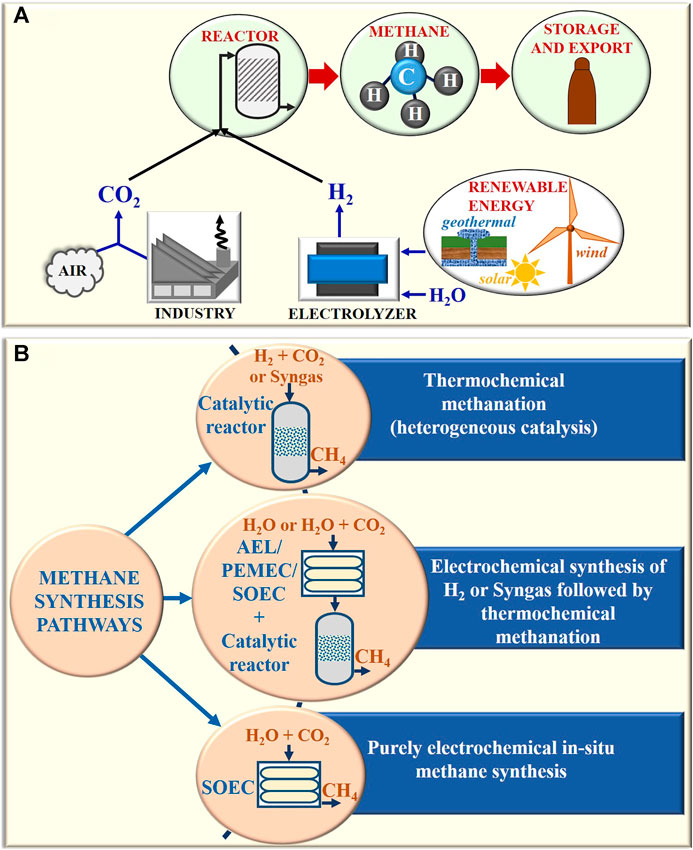In the quest for more efficient photovoltaic cells, OLED displays, and advanced medical therapies, researchers worldwide are tirelessly exploring methods to harness light energy more effectively. Among these endeavors, the up-conversion of low-energy photons into high-energy ones holds immense promise. This transformative process has the potential to revolutionize various applications, from renewable energy technologies to cutting-edge medical treatments. Now, a groundbreaking discovery by Kobe University researchers sheds light on the intricate mechanisms behind efficient photon up-conversion, paving the way for the development of highly efficient conversion materials.
At the heart of this breakthrough lies the intricate dance of energy within solid-state materials. To efficiently combine the energy of two low-energy photons into one high-energy photon, researchers found that energy must be able to hop freely between randomly oriented molecules of a solid. However, this hopping process must strike a delicate balance—not too quick to prevent the loss of energy, yet not too slow to impede the transfer between molecules of varying orientations.
Led by photoscientist Kobori Yasuhiro and his research group, the Kobe University team delved into the realm of electron spin states—a crucial aspect in understanding the dynamics of excited states within materials. Their expertise in this area proved instrumental in unraveling the mysteries of photon up-conversion. By focusing on a thin-film solid-state material conducive to observing electron spin states, the researchers were able to shed light on the microscopic mechanisms governing this phenomenon.
The findings, published in The Journal of Physical Chemistry Letters, offer unprecedented insights into the interplay between electron spin states and photon up-conversion. The research revealed that for efficient energy transfer to occur, the electron spin states of two triplet excitons—excited states within the material—must align. This alignment is contingent upon the relative orientation of the participating molecules. Moreover, the triplet excitons must possess the freedom to move between molecules of diverse orientations, while also allowing sufficient time for the interconversion of different excited states.
“We first directly observed the time evolution of the electron spin state inside up-conversion materials in solid-state systems,” explains Yasuhiro. “Then, we modeled the observed electron spin motion and proposed a new theoretical model for how the electron spin state relates to the up-conversion process.”
Armed with this newfound understanding, researchers now have a roadmap for designing highly efficient photon up-conversion materials. By leveraging the microscopic mechanisms governing energy transfer, scientists can tailor materials to maximize their up-conversion efficiency. This knowledge not only holds promise for enhancing the performance of solar cells but also extends to diverse fields such as photodynamic cancer therapy and diagnostics utilizing near-infrared light.
“I expect this knowledge to contribute to the development of high-efficiency solar cells to alleviate our energy problems,” Yasuhiro affirms. “But also to expand into a wide range of fields such as photodynamic cancer therapy and diagnostics that utilize near-infrared light for optical up-conversion without harming the human body.”
The Kobe University research heralds a new era in photon up-conversion, unlocking the door to a multitude of innovative applications that harness the power of light with unprecedented efficiency. As scientists continue to explore the vast potential of this groundbreaking discovery, the possibilities for technological advancement and scientific innovation are limitless.
